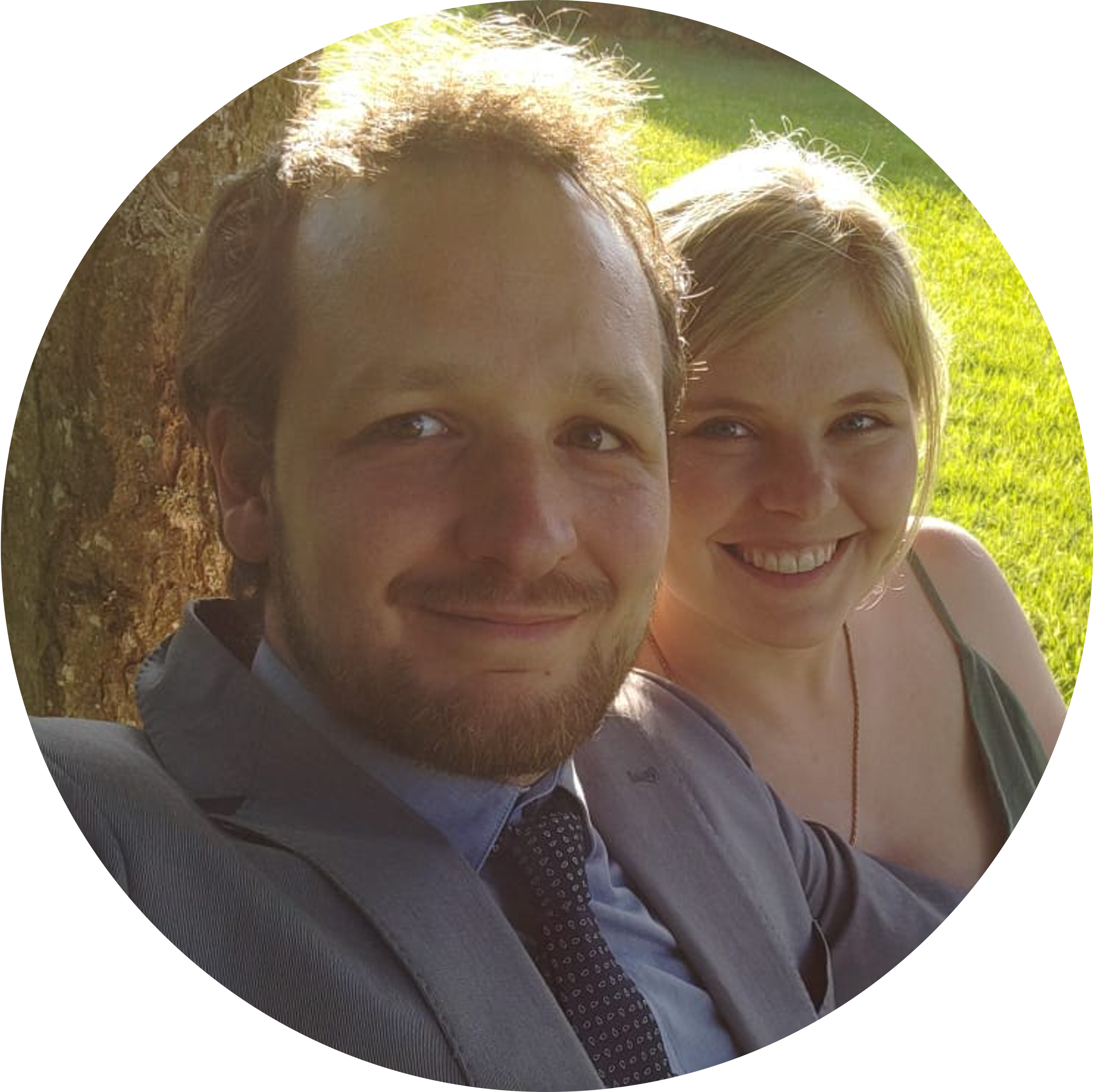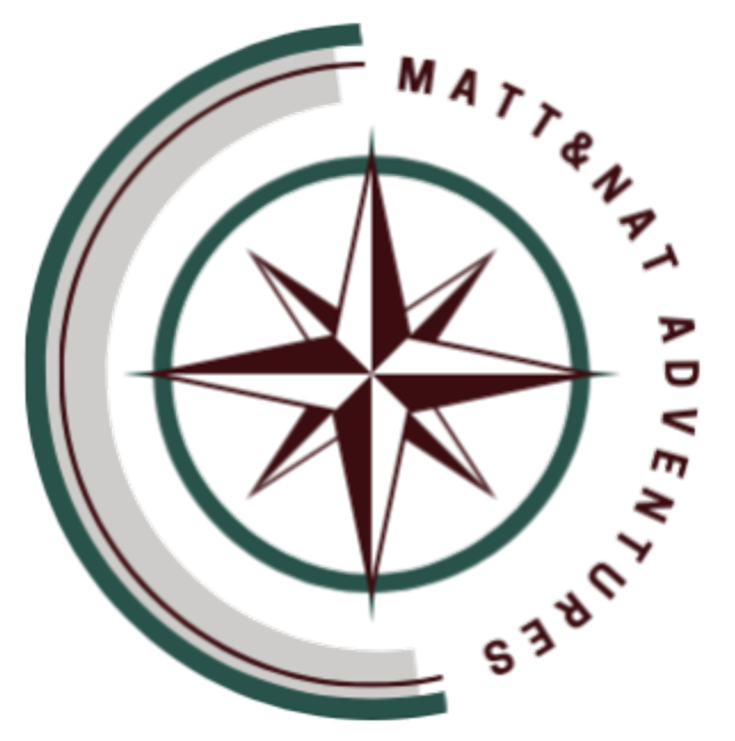Randonnée – Hike 🥾
11.1 km – 134 m dénivelé (up/down)
Depuis notre nouveau logement à La Trinité, nous prenons plaisir à faire une des randonnées les plus connues de la Martinique, sur la presqu’île de la Caravelle, qui combine forêts, paysages côtiers déchiquetés, et termine (quand on la fait dans le bon sens) par la baie du Trésor, une mangrove où il est très agréable de se baigner. Cette presqu’île constitue la première formation rocheuse qui donna d’abord le centre et le nord de la Martinique suite à des mouvements de plaques ocániques. Le sud de l’île apparut par la suite. Cette randonnée permet donc d’aperçevoir dans les rochers des restes de forme corallienne, témoins de l’époque ou ces coraux étaient au fond de l’océan. Avec peu d’ombre sur le parcours et le soleil qui tape, nous emportons 5 litres d’eau qui seront entièrement bus. Nous garons la voiture un peu avant les ruines de Château Dubuc (une ancienne sucrerie), ce qui rajoute environ 1.5 km à la marche. Pour la première fois du séjour, nous rencontrons pas mal de monde sur ce chemin.
From our new accommodation in La Trinité, we’re enjoying one of Martinique’s best-known hikes, on the Caravelle peninsula, which combines forests and jagged coastal landscapes. It ends (if you do it the right way round) in the Baie du Trésor, a mangrove where it’s very pleasant to swim (the water is clear and there are a multitude of fish enjoying the protection the bay and the mangrove bring from predators). This peninsula was the first rock formation to create the center and north of the island of Martinique, as a result of the movement of tectonic plates 18-24 million years ago. The south of the island then appeared later on. On this hike, you’ll see remnants of coral forms in the rocks, evidence of the time when these corals were on the ocean floor. With little shade along the way and the sun beating down, we take along 5 liters of water, which we drink in full. We park the car just before the ruins of Château Dubuc (a former sugar refinery), which adds about 1.5 km to the walk. For the first time of our trip, we meet quite a lot of other people since the hike is quite popular.
Le début de la randonnée se fait assez haut, ce qui donne déjà de belles perspectives. – The start of the hike is at a fairly high level, which already allows for an excellent view.
Première étape : le phare de la Caravelle que l’on aperçoit même depuis le balcon de notre logement et qui sera un point de repère pour la suite de la randonnée. – First stop: the Caravelle lighthouse. We can even see it from our balcony in La Trinité at night. It will be a reference point for the rest of the hike.
Panorama depuis le phare de la Caravelle – Panoramic view from the top of the Caravelle lighthouse.
On se rend particulièrement compte dans ce passage de la randonnée de l’histoire tectonique de l’île. – You can clearly see in this section of the hike the tectonic origins of the island.
La belle Baie du Trésor, un peu cachée au fond de la mangrove. Même si beaucoup de monde s’y arrête, on peu quand même facilement profiter d’un coin à soi. – The beautiful Baie du Trésor, tucked away in the mangrove swamps. Even if many people stop here, it’s still easy to find a quiet spot to enjoy on your own.
Tartane 🎣
Sur le chemin vers le bout de la presqu’île et les ruines de Château Dubuc se trouve le petit village de Tartane, dont nous avons apprécié les vues depuis la route mais aussi la vie nocturne active et l’animation. Bars et restos en bord de mer, stands de jus et glaces maison, chichis, musique un peu partout…ce village tranche avec pas mal de villes de la Martinique qui sont plutôt sans vie.
Point de vue sur la route vers Tartane. – Viewpoint on the way to Tartane.
Juste avant d’aborder le village de Tartane, la route nous offre un aperçu du village et son bord de mer. – Just before reaching the village of Tartane, the road offers us a glimpse of the village and its seafront.
Monument aux disparus en mer et église de Tartane. – Monument to those lost at sea and Tartane church.
Cartes – Maps 🗺
Carte de la randonnée de la presqu’île de la Caravelle, en rouge notre logement. Entre les deux, le village de Tartane (OsmAnd). Map of the Caravelle hike, the red marker is our accomodation. In between, the lovely village of Tartane.

